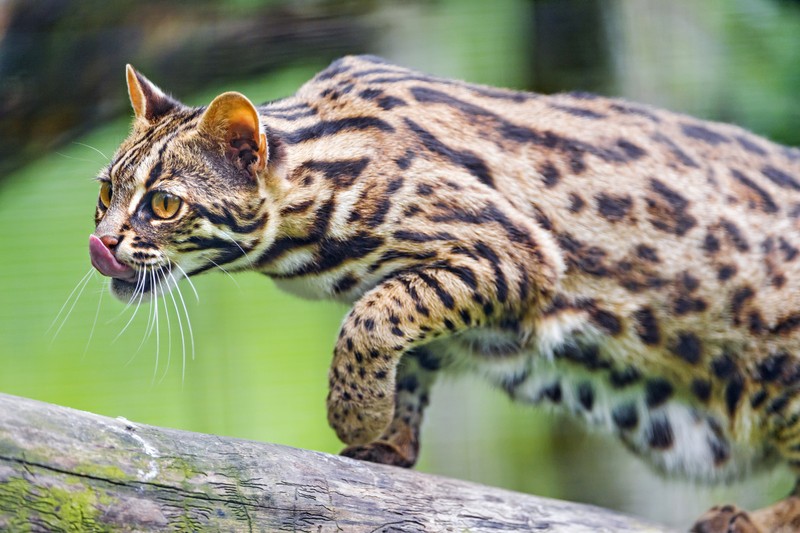Bengal cats love water and water games. If you already have children, dogs, cats or other animals home, there probably won’t be a problem if you buy a Bengal. This cat gets along well with other company in the house. The Bengal cat is one of the most famous hybrid cats in this country. The Bengal cat is one of the most intelligent cats in the world: you can even teach her to fetch!
Care and Nutrition
A Bengal needs very little grooming. Their coat is quite thick, but there is no need to brush it as the Bengal can keep itself clean. In addition, Bengals do not shed very much, so it is not necessary to brush away loose hair. With a Bengal it is important to trim her sharp nails regularly. Don’t know how to cut a cat’s nails? You can here find a roadmap that you and your Bengal safely guide you through this process! If you need to have in depth information about them, visit https://catterybengal.com/faq/.
A Bengal needs a fair amount of exercise. So try to ensure that your Bengal can lose her energy by running around your house and climbing on her scratching post and other high spots. Maybe you can even build a nice cat wall especially for your Bengal! If you have a garden, this will be even more fun for your Bengal. As you have already read above, you can also take your Bengal outside for a walk. You will be guaranteed success with passers-by! When you burn so many calories, you also need a good diet! For Bengals it is important to buy species specific food. The cats are sensitive to industrial cat food, so raw food is strongly recommended.
Health: Do Bengalis Suffer From Typical Ailments?
On average, a Bengal cat reaches an age of 9-13 years. But like most cat breeds, the Bengal also suffers from typical ailments. Because it is quite a large cat, she suffers from hip dysplasia more often than other cats. This condition can often be noticed in kittens because the cat is already in pain when she walks around. There are also some eye conditions to which this cat species is very sensitive, such as cataracts and progressive retinal atrophy. If these eye conditions get out of hand, the Bengal can even go blind.
Another inherited disease is Pyruvate Kinase Deficiency (PKDEF). Your cat’s red blood cells are disrupted by a deficiency of the enzyme pyruvate kinase, which can lead to anemia. A third example of a common condition is hypertropic cardiomyopathy (HCM), the thickening of the heart muscle. It is important to visit your vet regularly to diagnose diseases early.
The Imposing, Wild Appearance Of The Bengal
The Bengal’s coat is extremely soft and very reminiscent of that of a tiger or other wild feline. The typical yellow or orange color with black spots is therefore also present in the Bengal. There are two different patterns that can appear on a Bengal’s coat. Visit https://catterybengal.com to get a clear picture of them.
On the one hand the marbled tabby and on the other hand the spotted tabby. In a spotted Bengal, it is sometimes said that there are rosettes on the coat. Rosettes are spots with some parts of a warmer color than others. So they are the typical tiger patterns as you sometimes see them on garments with tiger print!




